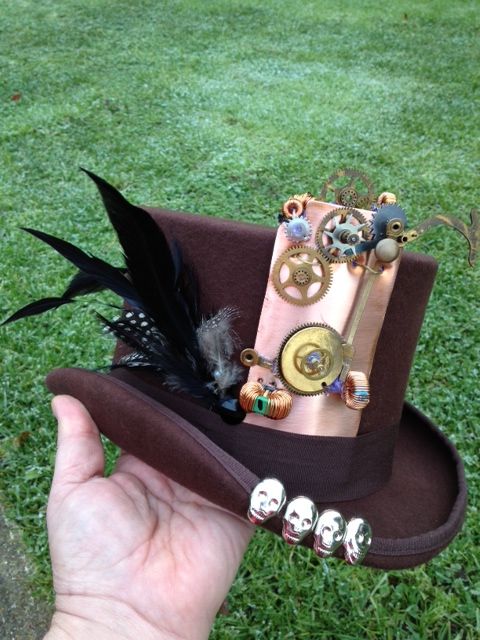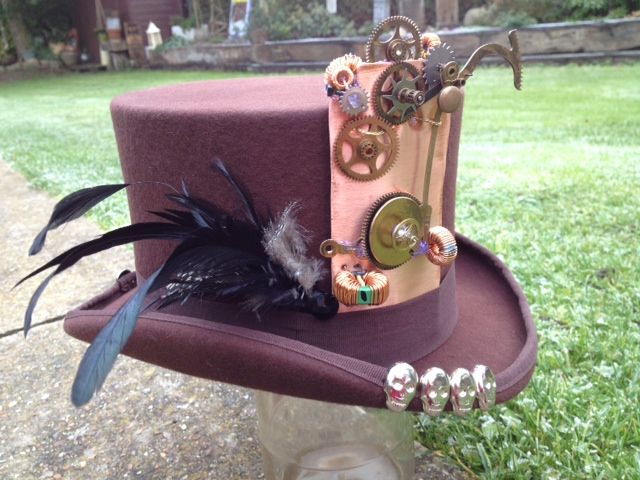CAJUN LADY wrote:Kelly, thank you for the details. I did google like Rian suggested but I appreciate knowing all the small details and do's and don'ts first hand. Now you mentioned salt dough and cornstarch dough. What's the difference besides the obvious ingredient? Is one whiter than the other one or is it a texture difference?
Thanks, Becca. Both the color and texture of the cornstarch clay is very different from the salt dough. The cornstarch clay that I made the snowflakes out of is smoother than the salt dough, and is snow white. It rolls out smooth as silk, like fondant. I like the cornstarch clay because it stays that beautiful, matte porcelain white color. The finish is beautiful, and even sparkles a little in the sunlight. You have to cook the cornstarch clay to make it, but it's simple and well worth it. Here's the cornstarch clay recipe I use:
1 Cup baking soda
1/2 Cup cornstarch
3/4 Cup water
Most people double this recipe, but I like working a smaller batch at a time, since the clay will get a little more brittle and dry as it cools. I can do all my rolling and cutting with no problems. The warmer the clay is, the easier it is to work. It doesn't like to sit, I find.
Mix together the baking soda and cornstarch in a saucepan. Add the water and cook over low to medium heat, stirring constantly. It's ok if it bubbles a bit. Just keep stirring. In about 7 to 10 minutes, the mixture will slowly start to congeal. Keep stirring until the clay starts to form a single lump and pulls away from the pan. When it looks exactly like mashed potatoes and isn't gooey to the touch, remove it from the heat. Dump it into a bowl and cover the bowl with a damp towel. Let it cool down about 5 minutes, or just long enough so you can comfortably handle it. The warmer the clay is, the smoother and easier it will roll out, and the more time you'll have to work. I have to work a little quicker with this clay than with the salt dough.
Once it's cooled to where you can just handle it, knead it on a pastry mat or surface dusted with cornstarch. Knead it for a few minutes, then roll it out. If you're stamping with ink, you can either stamp now while the clay is wet, or wait the four days until your blank ornaments are dry before stamping. I find that if I'm using a detailed stamp, I'll get a much better result if I stamp on the dried ornaments. Unlike salt dough, these dry very smooth and even, so you can wait to stamp. Try a couple while wet to see if you're happy with the image. I use a permanent ink pad. If you're not using any ink and are just stamping for the impression, then of course stamp while wet.
Stamp (if you're stamping now), cut, and poke a hanger hole in each ornament. Transfer carefully to a wire rack to dry.
These take longer to dry than the salt dough. They are also really brittle before they are completely dry, so only handle them to flip them...carefully. I find that they take a good four days to dry in my house. Be vigilant with the flipping (twice a day) to ensure that they dry flat. Once dry, you can sand the edges and seal each piece. I haven't sealed any yet because I love the finish on them as is, but I do sand the edges with superfine sandpaper.
Please share pics if you make some. I have so much fun making these. Inexpensive, and as pretty as any ornaments I've ever bought. I can decorate entire trees for a couple of boxes of salt and flour, or cornstarch and baking soda.




 Becca........going by your picture , you MUST have found the "Fountain of Youth"
Becca........going by your picture , you MUST have found the "Fountain of Youth" 



